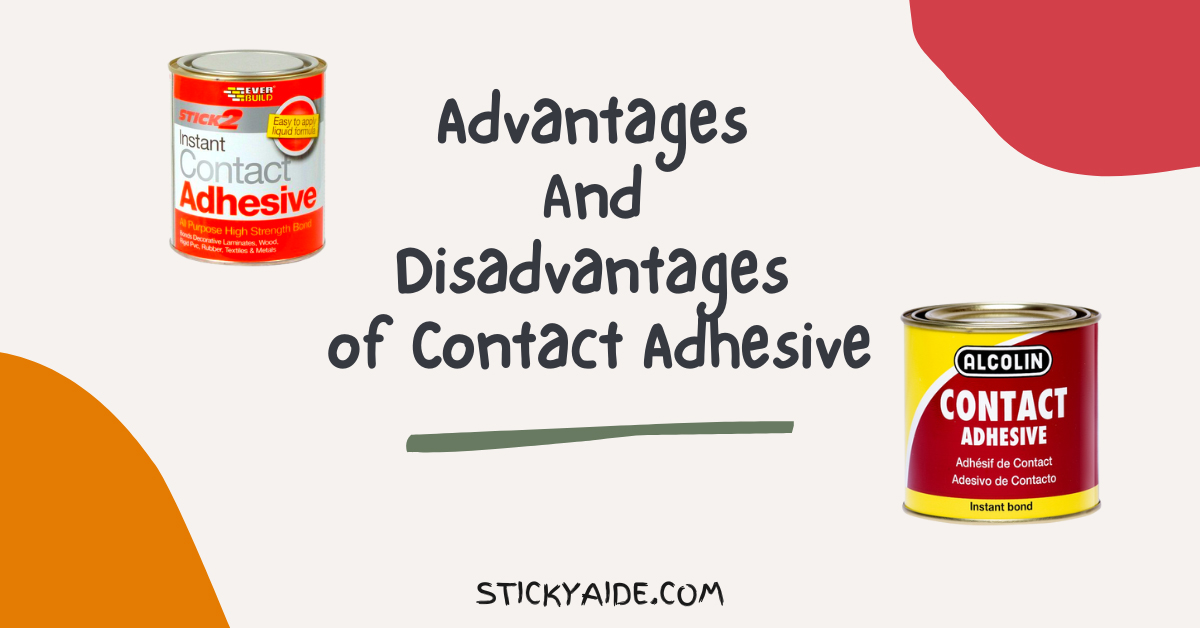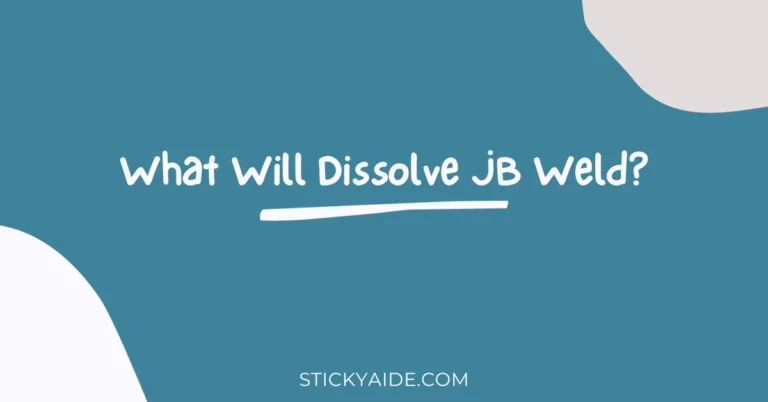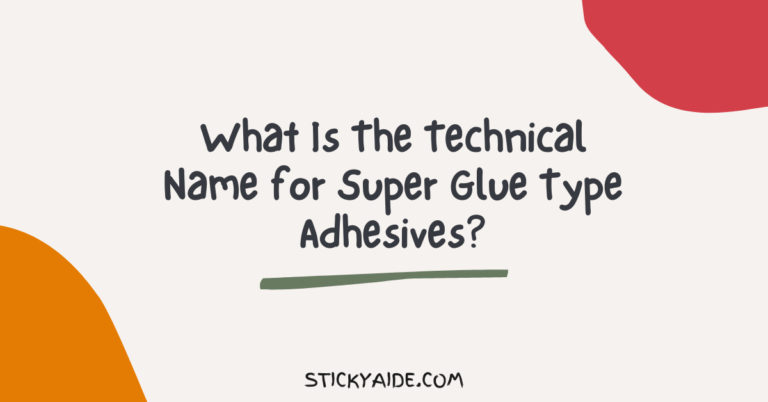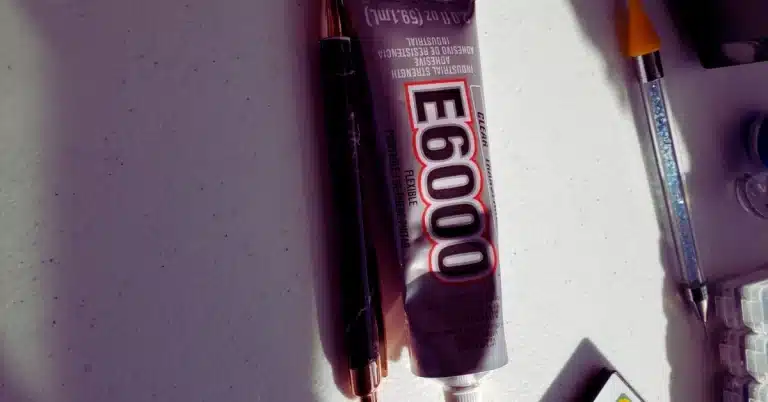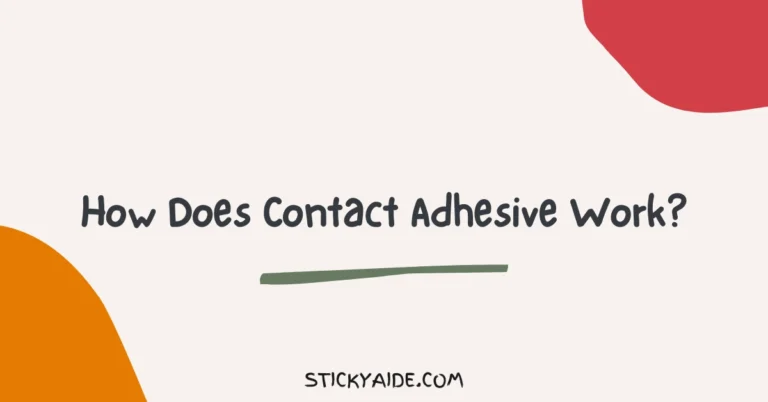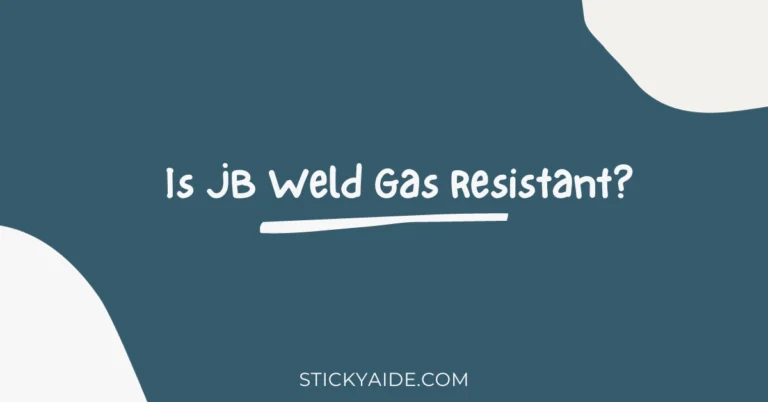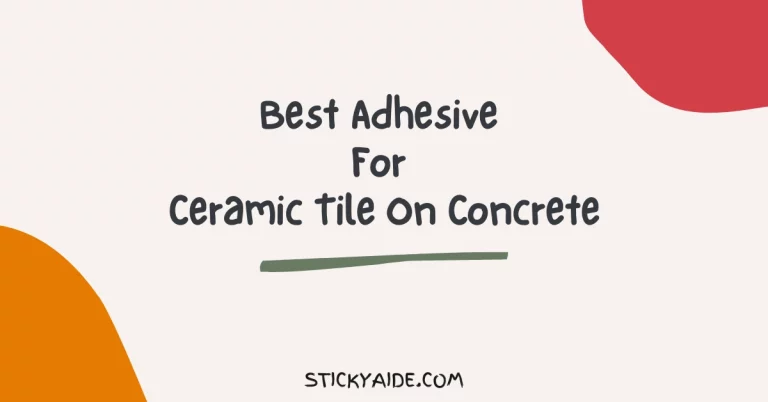When you think of bonding materials together, glue might be the first thing that comes to mind. But there’s more to adhesives than just a simple glue stick.
There’s an entire spectrum of adhesive options, with contact adhesive being one of the most widely used.
Despite its popularity, it’s essential to understand the advantages and disadvantages of contact adhesive before choosing it for your application.
Read More: Best Contact Cement
What is Contact Adhesive?
Contact adhesive is a specialized type of glue distinguished by its application method. While typical adhesives bond materials when the glue is still wet, contact adhesive requires a different approach.
It must be applied to both surfaces and allowed to dry before pressing the two sides together to form a strong bond. This unique application process leads to its wide-ranging uses and strengths.
Advantages and Disadvantages of Contact Adhesive
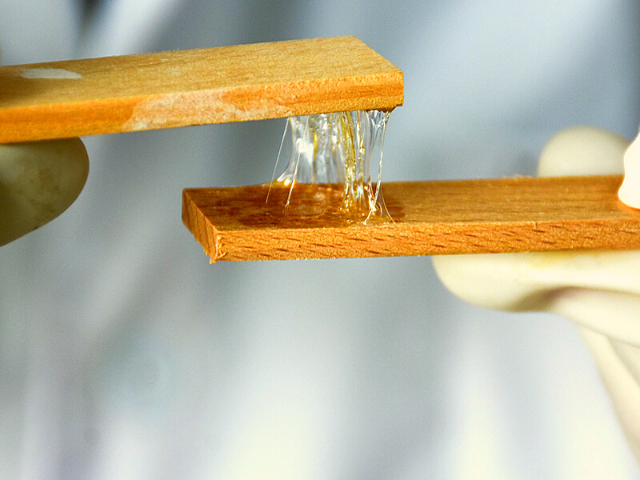
The Advantages of Contact Adhesive
Immediate and Strong Bonding
One of the most significant benefits of contact adhesive is its quick bonding capability. When the two surfaces, each coated with the adhesive, are pressed together, a strong bond forms almost instantaneously.
This feature is particularly advantageous for time-sensitive projects with options other than waiting for the adhesive to dry.
Unmatched Versatility
Contact adhesive stands out for its unmatched versatility. It can bond diverse materials, including wood, metal, plastics, and fabrics.
This wide-ranging applicability makes it a handy adhesive to have, whether in a professional setup or a household context.
Exceptional Durability
When it comes to durability, few adhesives can compete with contact adhesives. Once cured, it forms a high-strength bond resistant to heat, water, and various chemicals.
This endurance makes it a reliable choice for tasks requiring a long-lasting adhesive solution.
Read More: Contact Cement vs. Contact Adhesive
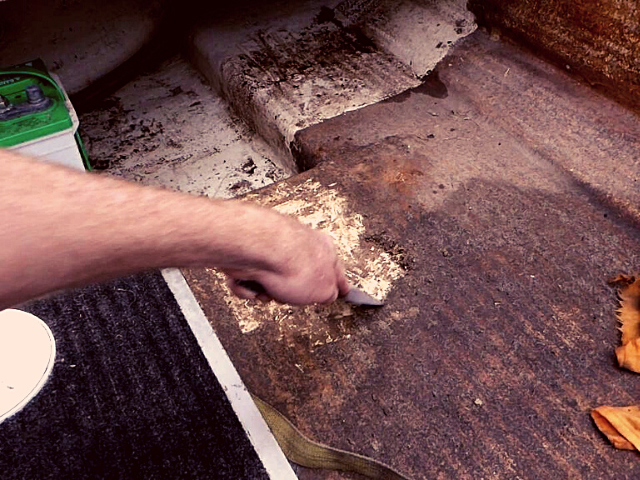
The Disadvantages of Contact Adhesive
Difficulty in Revisions and Corrections
One of the most significant downsides of contact adhesive is that it leaves little room for error.
Since it bonds immediately upon contact, it’s challenging to reposition or adjust the materials once they are joined.
In scenarios requiring precision and adjustments, this aspect can be a disadvantage.
Health Hazards
Contact adhesive can pose health risks, particularly without adequate protective measures.
Many contact adhesives contain volatile organic compounds (VOCs) that can irritate the respiratory system and cause other health issues with prolonged exposure.
Specific Storage Requirements
Contact adhesive requires specific storage conditions to maintain its effectiveness.
It should be stored in a well-ventilated, cool, and dry environment. If stored properly, the adhesive can maintain its bonding capabilities.
Read More: Contact Adhesive vs. Super Glue
Common Uses of Contact Adhesive
Because of its particular characteristics, contact adhesive is the adhesive of choice for many applications.
For instance, it is the preferred adhesive for installing laminate on countertops, veneering furniture, attaching foam in upholstery, and many more applications.
These uses underscore the adhesive’s versatility, robustness, and durability.
The Role of Contact Adhesive in Various Industries
The Building and Construction Industry
Contact adhesive plays a significant role in the building and construction industry.
It is widely used in bonding decorative laminates and veneers in cabinetry, countertops, and wall panels.
Its high strength and resistance to heat and chemicals make it a reliable choice for construction applications.
The Automotive Industry
In the automotive industry, contact adhesive is used extensively in vehicle interiors.
It is used for bonding fabrics, insulation materials, and other elements that contribute to the aesthetics and comfort of the vehicle.
Household DIY Projects
For DIY enthusiasts, a contact adhesive is handy for numerous home improvement and crafting projects.
Whether it’s repairing furniture, bonding fabrics, or attaching decorative elements, contact adhesive can easily handle it due to its versatility and durability.
Last Opinion
In the grand scheme of things, understanding the advantages and disadvantages of contact adhesive can significantly guide your choice of adhesive for any task.
Despite its drawbacks, its versatility, durability, and rapid bonding capability make it a favored choice across various industries.
Whether you’re a professional or a DIY enthusiast, it is clear that contact adhesive, when used correctly, can be an invaluable tool in your adhesive arsenal.

